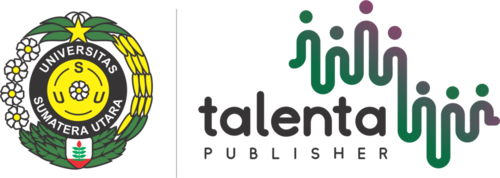Analyzing Code-Mixing in Korean Language Learning Contents on TikTok by Indonesian Native Speaker
DOI:
https://doi.org/10.32734/lingtersa.v6i1.19064Keywords:
code-mixing, Korean Language, Learning Content, Social MediaAbstract
Social media platforms like TikTok have become popular for sharing language learning content. However, the phenomenon of code-mixing in such content, particularly in the context of Korean language learning, remains underexplored. This study aims to describe the forms of code-mixing present in Korean language learning content on the TikTok account @Eunji.nim, analyze the factors influencing its use and types of code-mixing. The forms of code-mixing are analyzed sociolinguistically using the theory of code-mixing forms by Khusaini (2019), the factors influencing code-mixing are examined using Suandi's theory (Ramadhan et al., 2017), and the types of code-mixing are identified using Wardhaugh's framework (Hamidah, 2015). This research examines five Korean language learning videos from the TikTok account @Eunji.nim. The primary research instrument is a data card, which is used to identify and classify the forms and factors of code-mixing. The data are analyzed descriptively and qualitatively to uncover patterns and underlying factors. The results indicate that utterances in the analyzed videos exhibit various forms of code-mixing. More than half of the instances are in single words, followed by clauses, with phrases being the least common form. Key elements influencing code-mixing include variety and level of speech, function and purpose, speech partner, and topic factors. The types of code-mixing only found situational code-mixing. This study highlights the sociolinguistic complexity of code-mixing in Korean language learning content on TikTok, offering insights into its forms, influencing factors and the types of code-mixing.
Downloads
Downloads
Published
How to Cite
Issue
Section
License
Copyright (c) 2025 Linguistik Terjemahan Sastra (LINGTERSA)

This work is licensed under a Creative Commons Attribution-ShareAlike 4.0 International License.









